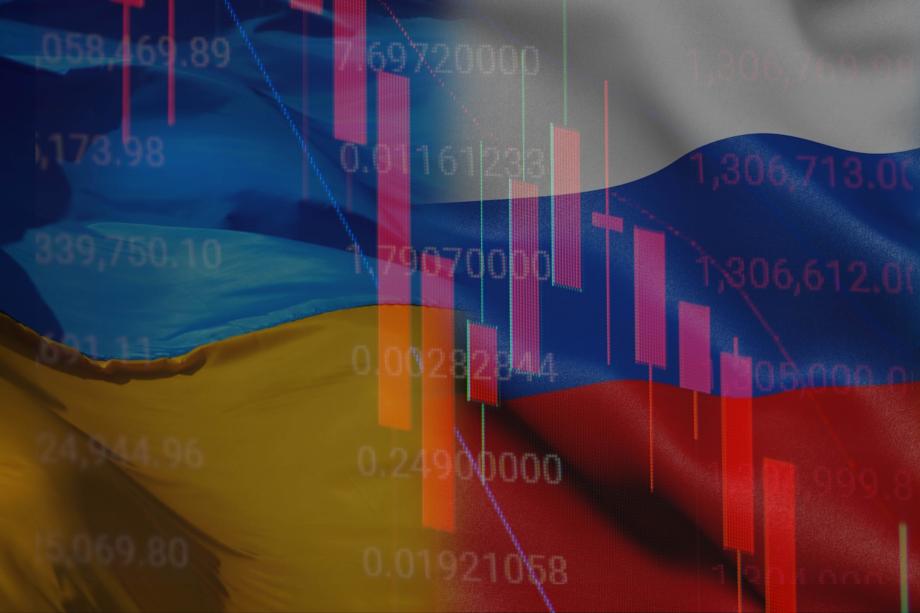The Revival of Bank Crediting in the Wartime Economy of Ukraine

In wartime, Ukraine could retain the banking system’s stability. However, bank loans stagnated both in corporate and personal segments. Corporate crediting is driven mainly by subsidised credit programs, while market-based crediting is shrinking. The revival of large-scale crediting is crucial for businesses adapting to the challenges of the exhaustive war and for the fastest recovery of the economy. The accents in credit policy should be shifted to advancing the development of market-based loans, establishing the incentives for banks and recovery of borrowers’ solvency and long-term sustainability.
In the paper, measures are suggested to redesign the existing subsidised credit programs and rearrange the banking system to unlock the impediments of market-based credit provision. The revival of market- based crediting should restore the mechanisms of monetary policy transmission and enable the NBU to be more effective in anti-inflationary control.
In the period of the full-scale war, the prudent regulatory policy of the National Bank of Ukraine (NBU) has ensured that the banking system remained stable and capable of providing basic banking services. Key stability measures have been introduced via the 100% guarantees of bank deposits of physical persons, the active refinancing of banks, the adoption of regulatory norms on the realities of war, and the restrictions on currency markets to avoid speculation.
For the period of active war from March to November of 2022, commercial banks’ resources increased at the expense of household deposits in hryvnia by 28,6 % (UAH 136 billion). The deposits of non-financial corporations declined by 10,9 % (UAH 43 billion). However, at the same time, bank loans in hryvnia stagnated both in corporate (increased by UAH 18,0 billion) and in personal (declined by UAH 33,1 billion) segments. Corporate loans even grew from March to June by a total of 33,0 billion UAH, but since September started to stagnate, declining to November by UAH 14,9 bln. Generally, only about 60 % of deposits are redirected to the goals of crediting. Significant shares of money supplied to the economy, e.g. by fiscal channels, fail to reach the market and influence economic activity but are rather locked within the banking system. Despite its current stability, the banking system suffers from its functional insufficiency as the backbone of the national financial system.
The accumulated deposits overheat liquidity, remove the significant money mass from productive circulation in the economy, but simultaneously create a visible monetary overhang, endangering inflationary and devaluation expectations. This logically causes a more strict monetary policy of the NBU, which is reflected in the key policy rate, which has increased to 25 % since June 3rd.
The “expensive money” policy pursued by the NBU is not the only reason for banks’ crediting stagnation. A prolonged war witnesses growing risks for banks due to the worsening solvency situation of debtors. According to statistical data, as of December 1st, the share of non-performing loans (NPL) totalled 36,7%. This indicator will probably be much higher following the cancellation of credit term reprieves announced for the martial law term. Having met with high debtors’ solvency risks, the banks restrain from crediting and prefer to invest the abundant liquidity primarily in short-term deposit certificates of the NBU, which provide a 23% annual yield. Banks’ investments into these instruments totalled at the end of December in UAH 457 billion (compared to UAH 745,6 billion of credits in hryvnia, provided to all residents) and more than tripled since February.
Read more in the policy brief below.
